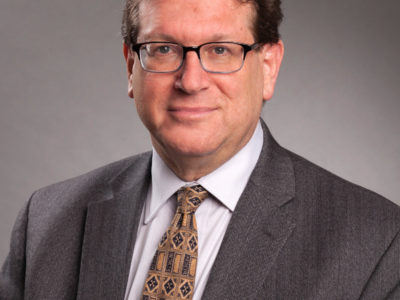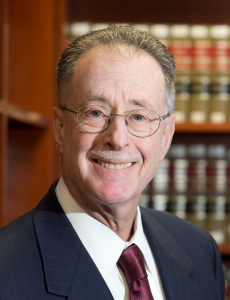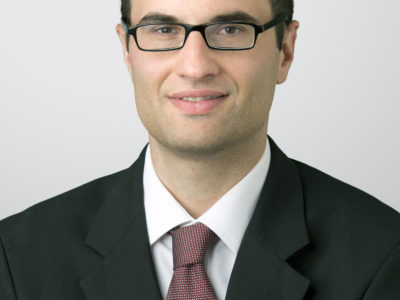Professor Eric J. Segall · April 2020
88 Geo. Wash. L. Rev. Arguendo 33
This essay responds to a recent article by Professor Lawrence Solum in the Northwestern University Law Review, which describes alleged differences between Originalism and Living Constitutionalism. This paper argues that even under Solum’s own criteria there is no meaningful difference between these two theories of constitutional interpretation, and this merger is important for current political and legal debates about the proper role for the Supreme Court in our system of government.
The original promise of Originalism was that only by combining strong judicial deference with the search for original intent or meaning could judges be meaningfully constrained when resolving many of our country’s most difficult social, political, and legal issues. As more and more Originalists drop the deference aspect of the theory, however, and tell judges to apply the original meaning of the constitutional text differently as relevant facts (and values) change, judicial discretion is maximized. Whereas most Living Constitutionalists concede judges inevitably have that discretion, Originalists today still often claim that only their theory can limit the power of runaway federal judges. That claim, however, is unpersuasive given the wide swath of discretion judges have under current Originalist theory to pick and choose which facts are relevant and which ones have changed since the text at issue was originally ratified.
The only meaningful theory of constitutional interpretation that can, in practice, privilege the Constitution’s original meaning is one which includes strong judicial deference to other government officials, but most Originalists no longer advocate such deference.



